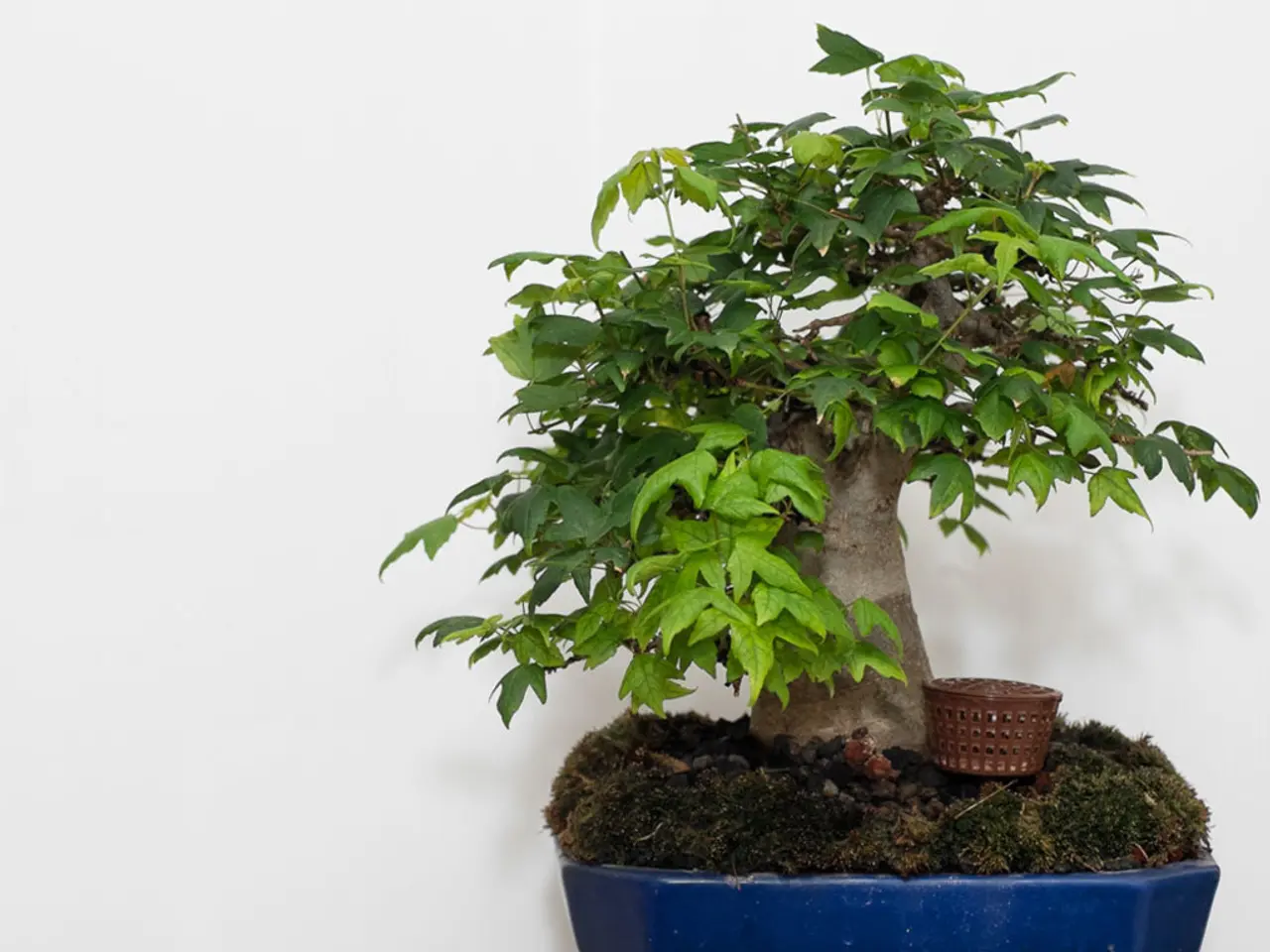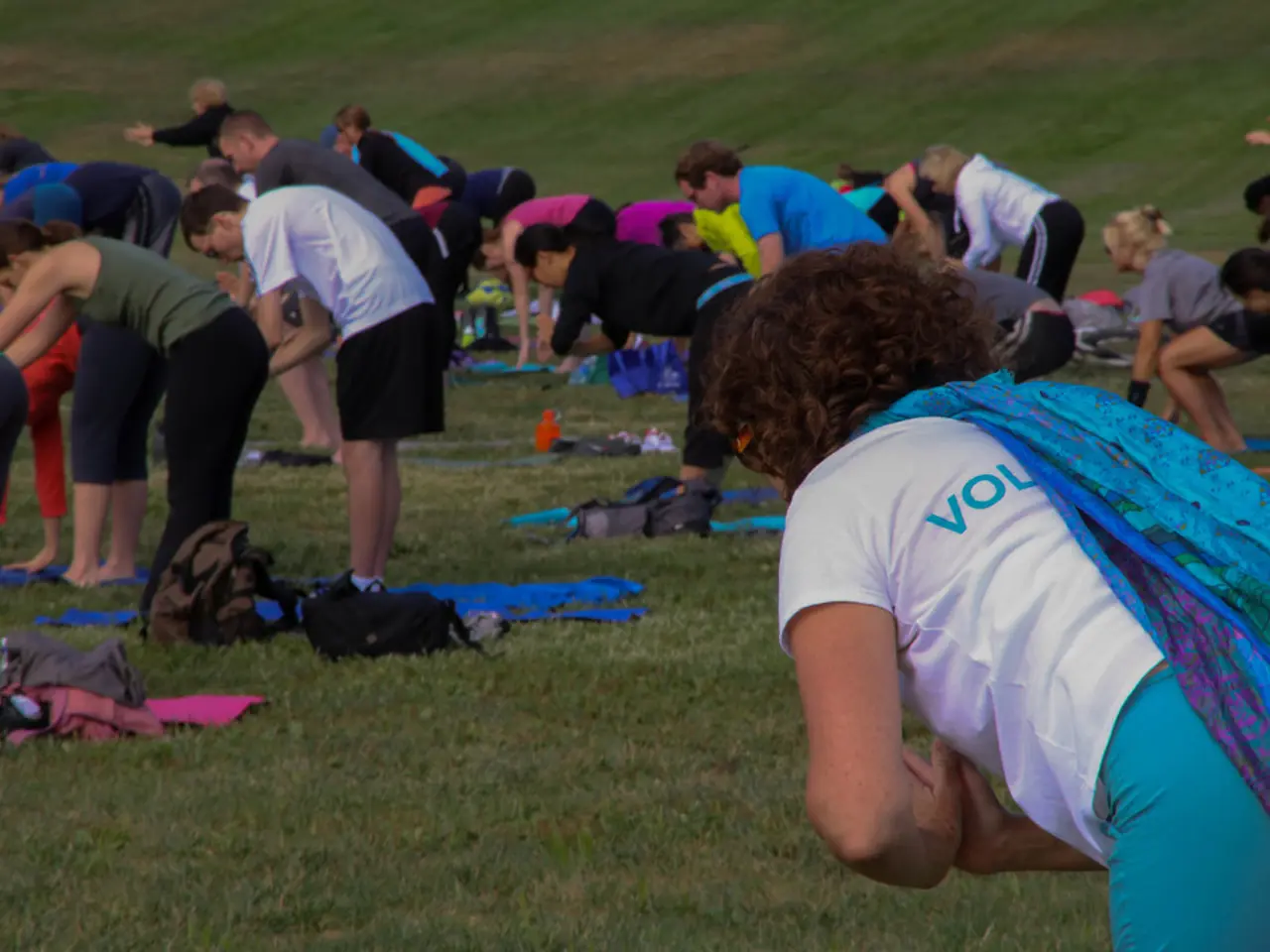Encouraging Back-Budding in Bonsai: Expanding Leaves and Restoration
**Stimulating Back-Budding in Deciduous Bonsai: A Guide for Enhancing Miniature Trees**
For bonsai enthusiasts seeking to enhance the beauty and vitality of their deciduous bonsai, such as maples and elms, understanding and applying the art of back-budding can be a game-changer. This technique encourages the growth of dormant buds, leading to improved ramification and a finer, more compact branch structure.
**Ideal Conditions for Back-Budding**
To successfully stimulate back-budding, it is essential to provide the bonsai with a healthy and vigorous environment. The tree should be strong, well-rooted, and not recently repotted or root-pruned to handle the stress of pruning and defoliation.
Late autumn is an important time for preparing buds that will break in spring. Minor pruning and fertilization at this time help set future buds. Keep the soil moist but not waterlogged, and maintain overall tree health to encourage back-budding. A well-maintained environment, characterised by ideal light, temperature, and humidity levels, creates a perfect setting for dormant buds to break dormancy and develop into new growth.
**Techniques to Stimulate Back-Budding**
Minor pruning in autumn involves removing selected leaves or small branch sections to encourage growth nearer to the trunk without over-stressing the tree. Avoid large branch or trunk cuts in autumn — save those for winter or spring.
Defoliation, or leaf pruning, involves partially or fully removing leaves during the active growing season on woody branches to stimulate new buds along branches and closer to the trunk. This helps create a finer branching structure and denser foliage. Defoliate mature, woody branches only, and avoid doing this on fragile or recently pruned trees. Stagger defoliation if desired (e.g., one half of the tree, wait a few weeks, then the other).
When pruning, aim to leave buds in pairs or twos, which encourages balanced branching and back-budding. Regular turning also helps, as it ensures even sunlight exposure, preventing growth bias toward one side and encouraging uniform back-budding around the tree.
**Summary Table of Ideal Back-Budding Conditions and Techniques**
| Aspect | Details | |------------------|------------------------------------------| | Timing | Late autumn for pruning and fertilization; defoliation in growing season on established wood | | Tree Condition | Healthy, vigorous, not recently repotted or root pruned | | Pruning Type | Minor pruning in autumn; defoliation on woody shoots | | Bud Selection | Prune to pairs for balanced growth | | Watering/Fertilizing | Moist but not waterlogged soil; nutrient feeding in autumn to set buds | | Environmental | Good airflow, bright indirect light, rotate tree to expose all sides |
By following these guidelines, you can encourage back-budding, which leads to improved ramification and a finer, more compact branch structure for deciduous bonsai like maples and elms. With patience and care, you can transform your bonsai into a true masterpiece.
[1] Bonsai4me. (2021). Back-budding: How to stimulate new growth on your bonsai tree. Retrieved from https://www.bonsai4me.com/blog/back-budding-how-to-stimulate-new-growth-on-your-bonsai-tree/ [2] Bonsai Empire. (2021). Bonsai back-budding: How to make your bonsai fuller and denser. Retrieved from https://www.bonsaiempire.com/blog/bonsai-back-budding-how-to-make-your-bonsai-fuller-and-denser/ [3] Bonsai Tonight. (2021). How to back bud a bonsai tree: A step-by-step guide. Retrieved from https://www.bonsaitonight.com/back-budding-bonsai/ [4] Bonsai Guy. (2021). Backbudding: How to backbud a bonsai tree. Retrieved from https://www.bonsaiguy.com/backbudding-how-to-backbud-a-bonsai-tree/ [5] Bonsai Roots. (2021). Back-budding: The art of creating new branches in bonsai. Retrieved from https://www.bonsairoots.com/blog/back-budding-the-art-of-creating-new-branches-in-bonsai/
The practices of home-and-garden, such as garden maintenance, create a suitable environment for bonsai trees and their back-budding process, as they help maintain soil conditions and overall tree health. With the appropriate balance of watering, nutrient feeding, and environmental factors (like temperature, humidity, and light), bonsai enthusiasts can stimulate dormant buds in their deciduous bonsai, leading to enhanced ramification and a more compact, refined branch structure reminiscent of a lifestyle that values growth and care.




